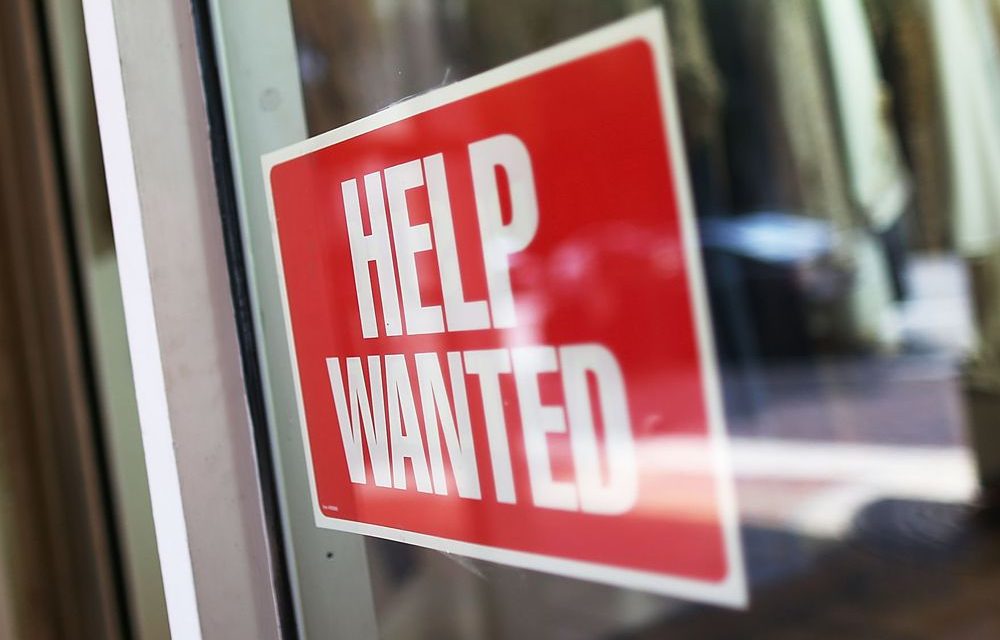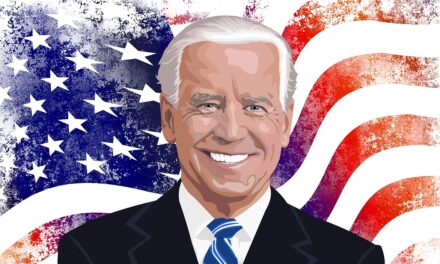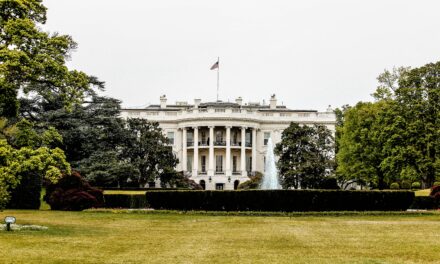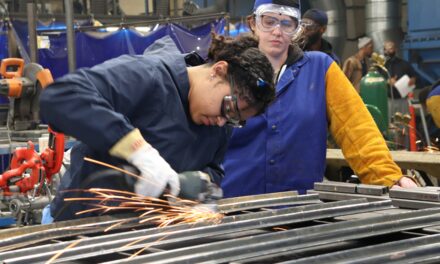Economic recovery in the US is progressing gradually. Stores and other businesses started to regain their pre-pandemic operations.
However, many employers have grown dismayed with the short turnout of workers and applicants who wish to return or get a job. The record shows that 9.3 million jobs remain vacant.
Fortunately, as critical issues were identified concerning the labor shortage, this problem is expected to end soon.
For the first few weeks after restrictions were lifted and the workforce could resume their functions face-to-face, Americans were hesitant to go along with the plan. Nonetheless, the fear is outright valid.
But as the year reached its middle, employers and economists evaluated factors contributing to the labor shortage.
After carefully studying how employment was perceived over the past few months, factors such as protection from COVID-19, childcare substitution, and federal benefits unavailability are projected to drive the labor shortage to its end.
COVID-19 safety concerns
When restrictions against public activities like dining out, shopping, and gathering in small groups were lifted, many people were ready to brace the world outside their homes.
However, there are still those who fear getting sick once they engage in socialization. Around 44% of Americans are still social distancing, according to a recent poll conducted by Ipsos-Axios.
As we witness the severity and prevalence of the coronavirus infection, it is expected that people will remain fearsome and worried about getting the virus.
Nonetheless, the fast rollout of vaccines is seen as a critical solution to the COVID-19 paranoia. As of this writing, 319.87 million Americans have already been vaccinated.
Child care arrangements
The distance learning setup, which mainly demands online classes, meant that children are bound to stay home. As a result, parents have to perform a higher degree of childcare which used to be provided by schools.
Hiring outside help is generally not an option for a lot of families. Some employees are eager to go back to work, but responsibilities at home hinder them.
One clear evidence is that fewer mothers had returned to work when businesses and establishments reopened.
Roughly 1.4 million mothers have chosen not to go back to their jobs. This can be linked to the remote arrangement of classes for their children and the primary childcare responsibility.
Nevertheless, this decision might change sooner than later, considering schools are expected to reopen for face-to-face learning this fall.
Federal benefits employment substitution
Political arguments on the sustainability of the unemployment benefits have emerged since Pres. Biden strengthened the American Rescue Plan.
Those who were unable to work or find work during the pandemic were given $300 per week.
Politicians, primarily Republicans, pushed for the suspension of the federal benefits as unemployed individuals began to turn down suitable jobs because they didn’t want to lose their stimulus package. Hence, pointing out firmly that the program is a decisive factor for the labor shortage.
However, the federal benefits are scheduled to end this September. Therefore, unemployed Americans will have to strive even more to land a job before the benefit deadline.















